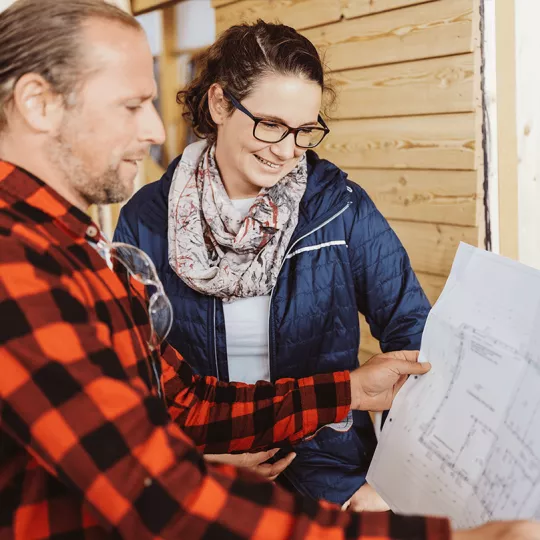While construction has long prioritised physical safety, more concerns for the industry’s less visible risks are slowly building up.
The physical hazards of construction, such as falling objects, dangerous machinery, and heavy objects, are well-known. However, the invisible dangers of the industry’s psychosocial stressors often get swept under the plyboards.
Psychosocial safety refers to how workplace factors, such as excessive workloads, job pressures, and poor work-life balance, contribute to mental health conditions like anxiety, depression, and burnout.
According to a recent Safe Work Australia report, mental health conditions now account for nearly one in ten serious workers’ compensation claims—a 36.9 per cent rise since 2017.
Those shock stats are even more distressing when it’s noted the majority of mental health claims are from entirely preventable scenarios such as workplace bullying, harassment, and high-pressure environments.
With October being National Safe Work Month, Build-it believes there’s no better time to dig into psychosocial safety as industry leaders work towards building healthier workplaces for all trades.
Construction’s mental health history
Psychosocial risks are particularly concerning in the construction industry, which continues to grapple with alarming mental health statistics.
Each year, 190 construction workers take their own lives, with young tradies twice as likely to die from suicide than other young Australian men. In fact, construction workers are six times more likely to die by suicide than from a workplace accident.
These grim numbers show that mental health issues in the industry are deeply rooted and widespread.
And despite significant strides in awareness and support through initiatives by organisations like MATES in Construction, one worker is still lost to suicide every two days.
What is a psychosocial hazard?
Associate Professor Carlo Caponecchia, Associate Dean of Diversity, Equity and Inclusion at UNSW Science, says these mental health risks arise from how work is structured, the organisational culture, and workplace relationships.
“When we’re talking about psychosocial hazards, we’re talking about sources of harm that exist in the work system that can have a negative effect on your physical and psychological health,” he said.
Professor Caponecchia called on construction businesses to consider “renovating” their workplace protocols to reduce psychosocial risks.
“It’s not about managing mental ill health. It’s about managing the things in your business that could create those outcomes in future,” he explained.
Employer tips to reduce psychological risks
- Regularly check in with employees and encourage open discussions.
- Implement workforce planning to prevent burnout.
- Strengthen leadership through training and mentoring.
- Act on employee feedback.
- Inform workers of their entitlements if they become unwell.
- Offer confidential mental health support options.
Ways small firms can help mitigate these risks include ensuring employers regularly check in with employees, offering support, and acting on feedback to reduce burnout and stress.
Meanwhile, leadership development, workload management, and mental health training are just some practical steps businesses can take to help bosses and staff ensure psychosocial safety.
SafeWork NSW Regional Director for Construction, Laurence Richey, emphasised the importance of creating supportive work environments to help combat psychosocial risks.
“Business owners must create safe, healthy, and productive workplaces. This involves identifying and managing workplace risks that could potentially result in psychological harm to employees,” he said.







